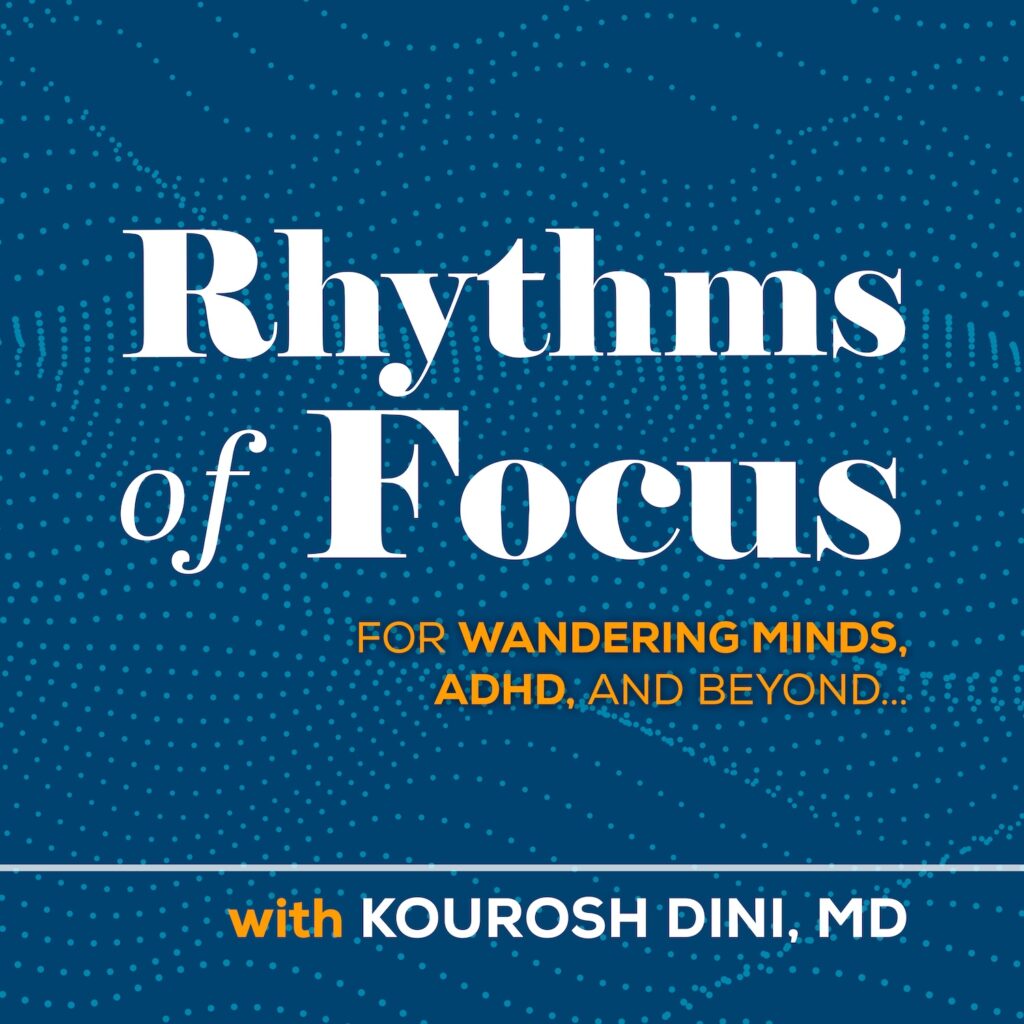“Perfect is the enemy of good.”
Aiming for perfection can surely paralyze. So much of what I write focuses on the journey more so than a destination, as it helps us find action among many other benefits including care, playfulness, and much more.
But what about those times that something needs to be good? Like really good?
When performing music, for instance, a single mistake can completely disrupt its flow, shattering the emotional tableau. With a business report of high stakes, a single error may have devastating consequences.
How could this possibly align with the Visit-based approach I espouse, in which you can show up to a thing and do absolutely nothing should you so choose?
A Visit-based approach is not only about the moments of a visit itself. It also involves regularity, a daily return visit, the recurrent act now building momentum. Between visits, a mind churns, coming up with ideas that are ready for when we are next there. Each visit brings a mind fresh with both energy and ideas.
Early on, visits are broad-stroked as we immerse ourselves in the emotions involved. Here’s an example of me learning Scott Joplin’s Maple Leaf Rag back in March:
As the days go, matters begin to take shape, branches grow. Ideas may fade, break, and wither, but often become mulch and fertilizer for next versions. As visits continue, structures solidify as facts are checked, skills are honed as muscle is worked through, and foundations reveal themselves as they bear the work with greater ease.
But how do we measure good enough? How do we know we’ll be good at that performance?
Once again, I draw from the well of my piano teacher’s wisdom. She used a method of threes.
In readying for a performance, she would practice a particular piece three times every day. She would mark each one on a grid, as to whether she played it without error.
When she could play that piece 3 times daily without error for several days in a row, by perhaps even a week, she knew it was as solid as it could get. If she made a mistake at the performance, she could rest on the sense that she did as much as she could.
Arbitrary is it might be, she drew a line of achievement, allowing her to rest beyond.
Starting with this approach would crush a practice from the get-go. But with a visit-based approach, preferably begun well ahead of a performance or deadline, we can work up to a three-time daily practice. Like a bicycle, we can start on one gear and shift to another whenever we feel ready.
Further, by starting early with visits, preferably on the day it is assigned even, we can encourage mistakes and all the lessons they have to offer.
– Kourosh
PS. Here’s me playing the Maple Leaf Rag 7 months later…







